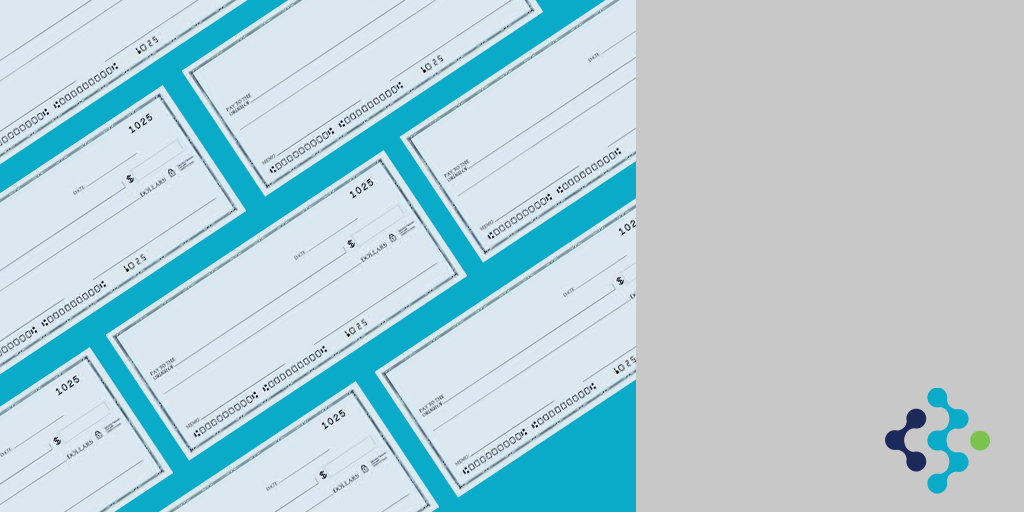The check is in the mail.
It’s a cliché phrase that was once fairly common. But in our modern, tech-driven society, checks limit consumer and business owners in a number of ways. For many, the pros and cons of using checks depend upon which side of a generational divide you fall into.
Paper checks are mostly kept alive by older generations. According to Statista.com, in 2020, 77.2 percent of Millennials bank primarily online, compared to 69 percent of Gen Xers, and 48.6 percent of Boomers.
Younger demographics often find the process of dealing with checks annoying and inefficient. First, you must pay to receive a bundle of them, can run out unexpectedly, and must wait for the recipient to cash the check before the money leaves your account. Then there’s the fact that they’re very susceptible to fraud: a 2019 survey from the Association for Financial Professionals found that 70 percent of all attempted or actual financial fraud targeted checks.
Checks were the byproduct of convenience. In the 1700s, they were used in Europe as an alternative to carrying large, heavy quantities of gold and silver. Before the Civil War, clearinghouses, which were designed to answer the problem of confirming whether a check was good, began to crop up in every major city. At the end of each day, tellers would go to the clearinghouse with stacks of banknotes from different financial institutions. Each teller could then exchange the banknotes for notes from their own institution.
Eventually, this process was done by mail instead of in person, but it paved the way for personal checks. Along with banknotes, tellers could exchange checks marked with routing numbers that indicated from which bank and account number the money would be drawn, which is still how it works today.
In modern times the internet has erased all need for such a system—and replaced it with much more convenient and efficient solutions.
According to the Federal Reserve, only 15 percent of all U.S. noncash payments in 2012 were checks. That number is significantly lower than in 2003 when 46 percent of noncash payments were checks. And in 2019, only 8.3 percent of these payments were checks.
While a minority of the population may still cling to this antiquated paper technology, the method will eventually fade away completely. There are too many modern options and solutions, like those offered by Paysign, for the old methods to live on.
You can learn more about Paysign’s solutions that eliminate the need for checks here https://paysign.com/solutions/.
